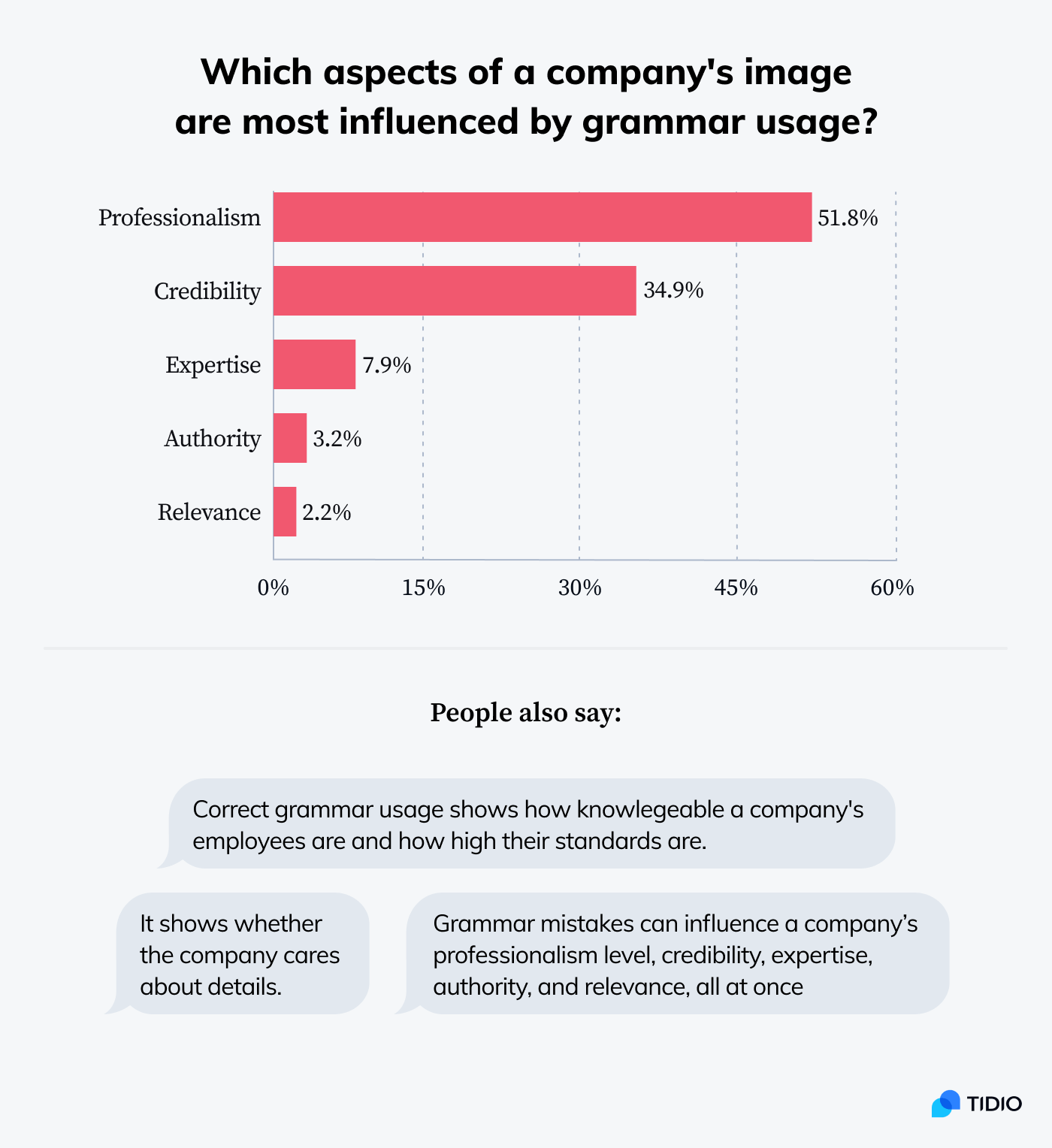Table of Contents
You cannot not communicate.
No, it’s not a tongue-twister; it’s an axiom of communication. Or rather, it’s the first of five axioms of communication proposed by Paul Watzlawick and other scholars at the Palo Alto Mental Research Institute.
You cannot not communicate.There’s no such thing as a non-behaviour. Words, silence or actions carry a message, influence others and, in turn, others respond to this communication.
It’s a sentence that can seem hard to grasp, but which actually contains a simple truth that can be easily understood: even when we are not communicating, or communicating poorly, we are in fact saying a lot to other people. And the message we are sending is indifference, superficiality and lack of respect.
On the other hand, good communication conveys thoughtfulness and empathy – what is known in marketing as customer-centricity.
To explain better, let me give you an example.
The story of a tie
I must admit, I have a weakness for ties. I’ve got dozens of them, in all sorts of patterns and styles, and whenever I can, I spend hours scouring the web for new tailors and tie makers whom I can trust.
In January, after thinking about it for a few months, I made a decision: given it was impossible to physically go to a shop, I would order some ties online2. It was, on the one hand, a decision that was risky – we’re talking about a handmade product for which seeing the size, fabric and colours with your own eyes before buying is preferable, if not essential – but, on the other hand, it was also quite exciting. I decided to approach it as an experiment in customer experience… and that’s indeed what it was 🙂
So, back to my experience. After some research, I decided to try a tailor in Naples: he had great reviews and various articles had been written about his craftsmanship. Imagine, then, my astonishment when I looked at his website and found a few poorly written words that weren’t even in my (or his) native Italian. Once I got hold of his email address, I decided to contact him directly. His response to my question of “why don’t you have your website in Italian?” was “because seven customers out of ten are international”.
And this made me think: what about the other three out of ten customers, or 30% of sales? Didn’t they deserve an Italian translation of what is quite complicated copy given the frequent use of technical terms?
With just a few words, the tailor had seriously risked losing me as a customer through a lack of basic communication: he had meta-communicated little interest in me (fortunately, this story ended happily thanks to the tailor’s kindness and helpfulness via email, which made me a satisfied and loyal customer).
So what can this simple episode teach us? From my point of view, there are two takeaways:
- It’s true: you cannot not communicate;
- What’s more, the first axiom of communication is especially applicable to small businesses.
The importance of communication for SMEs
Whether digital or analogue, communication is key in this day and age.
The year 2020 taught us that we have to be ready for anything, and that it’s vital to have a channel for constant interaction with the public – whatever happens. This is also important because over the past few months, we’ve seen rise of what the New Yorker has termed “reopening anxiety”. It’s a phenomenon that is backed up by research: a study published in March 2021 by the American Psychological Association found that 50% of Americans were uneasy about the return of “normal” everyday interactions – i.e. those that are face to face, physical and involve direct contact.
While communication is important, for micro, small or medium-sized firms it’s essential. Everything is communication and everything starts with communication – including business. If a company doesn’t have a presence in the main places where communication takes place (the supermarket, Google or Instagram depending on the occasion, period or channel), then it doesn’t exist in the eyes of potential customers. Indeed, in a video released a few years ago, Google asked small businesses the question: are you there?
Modern communication is exponential: regardless of medium and channel, a viral, word-of-mouth effect can rapidly snowball into something with enormous reach. For better, or for worse… which is why, if you haven’t already done so, I recommend reading another post I wrote for this blog on how to generate buzz on social media.
Budget, time, staff and other constraints mean that SMEs have to communicate as efficiently and effectively as possible.
So how do you communicate effectively? Four steps (and a framework) for getting started
I hope that I’ve managed to convey the importance of communication, especially for smaller businesses. To illustrate the point I’m trying to make, let me give you a second tie-themed example.

“Fine yellow gauze silk dish hand of jellied chicken or veal fillets made the bond – Fumagalli 1891”
Do you like it? And I don’t mean the product, but the copy. If you’re wondering what on Earth chicken and veal in aspic have got to do with a tie, check out the description given on the firm’s webpage:

“The bonding fabric made from this realigned hand is created with wooden looms in Como, according to tradition. The fine gauze texture and lustrous warmth make this bond perfect during warmer months. In fact, the jellied chicken or veal fillet dish is known for its lightweight, breathable knit structures.”
Not bad at all… 😂 This is what happens when you use a machine to translate a webpage and nobody bothers to check it.
And if the product descriptions provided by this firm – a storied Italian tiemaker – make you smile, then put yourself in the customer’s shoes and that smile will soon disappear. Would you spend £150 (plus shipping) if you read such garbled nonsense? No, of course you wouldn’t. My first impression was pretty poor. Why should I take an interest in their product when they clearly put so little effort into the customer experience?
The world is awash with similar examples of dodgy translation: this Bored Panda article lists 139 of the funniest – from airports to restaurants the world over.


The challenge, then, is not just to communicate, but to do it well. And help is always welcome. So here are the four essential steps for developing or strengthening effective (read: strategic) corporate communication – regardless of a firm’s size or budget – according to Georgia Everse at Harvard Business Review.
- Solid foundations. Often, we see communication as a cost, rather than an investment. This needs to change, because communication is fundamental for any healthy, future-looking business. If you don’t communicate, you’ll find life very hard; the same goes if you communicate poorly. A recent US survey of about 1,500 respondents (Grammar Drama: These Common Grammar Mistakes Make You’re* Company Look Dumb) highlighted how sloppy corporate communication negatively impacts a firm’s image in terms of professionalism (51.8%), credibility (34.9%) and expertise (7.9%).

- Effective tools. Without tools, we can’t get anywhere – not even when it comes to communication. A useful framework is What/How/Who: define what messages and experiences you want to associate with your products and services (What – category plan), through which channels (How – channel plan) and who your target is (Who – audience plan).
- The development process. 3, 2, 1… go! Now it’s time to get started. But first you need a development plan that clearly outlines who does what in the company on the communication front, what the internal processes are, what the metrics for monitoring performance are etc. I know, it isn’t easy. But try to put as much as possible of what you decide down in black and white.
- People and skills. Who creates and manages communication? If you need some renovation doing to your house, if you want it done properly, you call in a professional: a builder. The same principle applies to communication: you also need to use someone with skill and professionalism. And a professional increasingly in demand for this type of work is the brand journalist: 50% communicator, 50% marketer, 100% focused on corporate communication.
P.S. If you think that the lack of people with the right skills is a problem exclusively faced by SMEs, think again. A case in point: the 2018 Dolce & Gabbana ad campaign to promote a fashion show in Shanghai that was widely lambasted for its use of sexist and racist stereotypes.
In the ads, a Chinese model tries pizza, spaghetti and cannoli for the first time, using (with obvious difficulty) chopsticks. Full of the Western stereotypes about China, the ads are, for good measure, sexist too: in the cannoli video, an off-screen male voice patronisingly asks the model if the cannoli is too big for her.
Although this content is now hard to find online, in just a few hours it caused a huge drop in sales for the brand, which sees Chinese costumers as one its most important and strategic partners (according to estimates, around 30% of total revenue).
Ask the right question
If this article has got you asking questions, then I’m happy: mission accomplished 🙂
But to turn thoughts into actions, try and answer one question.
How much are you willing to spend to acquire a new customer?
This is THE question to ask yourself if you want to understand how much you are willing to invest in good communication to help your business. And, of course, I’m not just talking about financial resources, but all the points we’ve touch on in this post.
Have fun!

